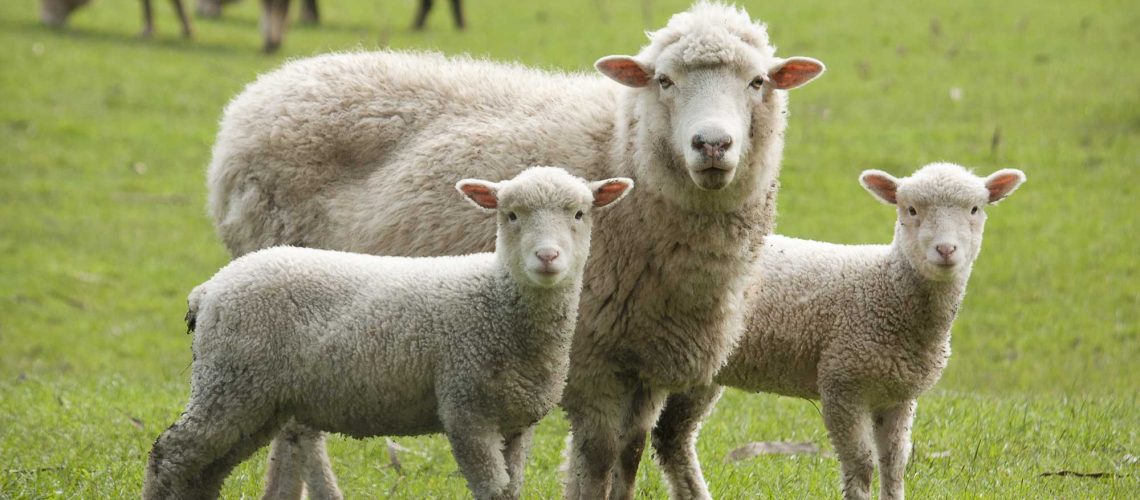Increase your lamb numbers by preparing your ewes now
An estimated 15 million lambs die each year within 48 hours of birth[1]. This loss is valued at over $540 million per year[2] to the Australian economy. Understanding the link between ewe nutrition and post lambing losses: predation, mis-mothering, exposure and starvation (PMES). Early life mortality of lambs depends on it.

- www.agric.wa.gov.au/managementreproduction/growingweanersheep
- Meat and Livestock Australia
- Sentinel Flock Project Agriculture Victoria 2013
Predation
The percentage of lambs lost to predation is low. Targeted lambs are weakened by an extended lambing period or limited access to colostrum and milk.
Mismothering
The result of a lamb’s inability to maintain contact with the ewe due to a reduction in mobility and energy availability as the result of an extended birthing period and an inability to suckle in the important period post lambing.
Exposure
Linked to mismothering and the lack of protection being provided by the ewe in cold weather conditions. Deaths do occur in lambs that are mothered in those regions where severe weather events are common.
Starvation
Linked to mismothering and the lambs inability to quickly suckle post birth and stay in contact with the ewe in the hours post lambing.
Better Management of PMES
Through gestation, the uterus plays a critical role in the development and protection of the growing foetus. At lambing, the role of the uterus is to deliver the lamb as quickly as possible through the birth canal with a series of muscle contractions.
When the strength of contractions is compromised, the lamb remains in the birth canal for an extended period, leaving it prone to brain and physical injury and reduced energy reserves. These lambs are more likely to fall victim to PMES.
Ensuring a ewe is metabolically fit and more able to manage her important muscles at lambing, improves her ability to activate uterine contractions that are key to a rapid birthing process. Maintaining strong rumen muscle control is also critical to deliver efficient protein and energy production and digestive efficiency.
Time is Critical
The shorter the period from the initial contraction until the lamb is born, significantly improves survival rates.
That is driven by a number of mechanisms:
- Extended and repeated contraction on the lamb without a swift exit from the birth canal can cause injury to the brain, reducing suckling response, mobility and ability to keep warm. The Dam is more likely to abandon these lambs
- Transfer of Colostrum is paramount to survival. If lambs don’t access sufficient colostrum in the first 12 hours post lambing, their survival is compromised
- Colostrum is also critical to deliver high levels of energy and protein that lambs need to maintain their mobility and ability to stay with the ewe and prevent PMES
Top Tip
Ensuring ewes are in appropriate condition score with adequate quantity and quality of feed available to support high levels of milk production is key to a successful lambing
Control
The metabolic process that determines the ewes muscle management efficiency in the days prior to and through lambing is quite complex. ProAgni ProMark helps improve the condition score of your ewes’ by:
- Manipulating the metabolic pathway of the ewe to positively influence her ability to more efficiently manage both her reproductive and digestive muscles through this important phase in our production calendar.
- Maximising the microbial population of the rumen, delivering higher levels of energy and protein production whether ewes are lambing on dry or green feeds.
- Exploiting new technology to drive even intake across a mob, reducing the issue of overconsumption by a few.

